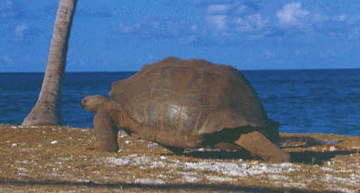Justin Gerlach
Based on a presentation to the BCG Symposium at the Open University, Milton Keynes, 12th May.2007.
Less than 250 years after explorers first encountered giant tortoises in Seychelles, these giants were on the brink of extinction as a result of their being killed for food by sailors on passing ships. All of the seven species that formerly lived on Madagascar, Mauritius, Réunion and Rodriguez were exterminated by 1800; those on the Seychelles islands were thought to have suffered the same fate by 1840 but small numbers persisted on the remote, inhospitable atoll of Aldabra. Even on this isolated refuge extinction was only narrowly avoided with just a handful of individuals surviving in the early years of the 20th century. As they are able to survive for long periods without food they were seen as the ideal animal to be used as food by the explorers, colonists and traders of the 18th and 19th centuries. Vast numbers were removed from all the islands and kept alive on board ship until they were required for food. By 1787 it was thought that only some 6,000 tortoises remained in the granitic islands of Seychelles after the removal of at least twice that many. By 1840 the only wild tortoises left were on Aldabra and at this point it was believed that the Seychelles species had been driven to extinction. Now the Aldabran population numbers over 100,000 and this species is relatively secure (Bourn et al., 1999). Conservation work on the few surviving Seychelles giant tortoises is now starting to produce good results, with captive-bred tortoises being returned to the wild in 2006.
Historically, giant tortoises were the dominant herbivores on most of the islands of the Indian Ocean. Only on Aldabra atoll does one species, Dipsochelys dussumieri (frequently, but incorrectly, called Geochelone gigantea), still fulil this role. The isolation of the atoll and its low height means that it attracts little cloud and has a very limited supply of fresh water. Most animals and plants have colonised from Madagascar and the Comoros to the south and have adapted to these harsh conditions, conditions that have limited human disturbance and allowed much of the nature of the island to survive. Aldabra is best known for its large numbers of giant tortoises (Fig. 1). The grazing pressure of this enormous population maintains a low grass cover over much of the island. In the few areas where water is plentiful the tortoises spend much of their time wallowing to keep cool.
Giant tortoises were very well adapted to survival in this region in the absence of human beings. Lacking any natural predator of the adults (although large numbers of hatchlings are eaten by birds and crabs), they have reached a larger size than any recent continental tortoise. Their large size allows them to store extensive food reserves in the form of fat and their famously slow life-style and metabolism means that these reserves are used up extremely slowly. Long-lasting reserves allow an animal to survive for extended periods without food, a feature that is of particular importance in colonising new islands. Given their large reserves, their ability to make the most of limited water supplies and their ability to loat when washed into the sea, it is not surprising that the Indian Ocean giant tortoises have moved frequently between the islands. The geology of Aldabra demonstrates that the atoll has been completely submerged several times and recolonised by tortoises on three separate occasions. Recent observations of loating tortoises conirm that these animals are well adapted to making long sea crossings (Gerlach et al., 2006), even if such events are purely accidental. Their ability to survive such crossings may have allowed their survival in the past but it was also the cause of their downfall.
Today there are many giant tortoises in the Seychelles islands, almost all of them in captive herds with only two signiicant wild populations (Curieuse and Fregate). Both of these wild groups were introduced from Aldabra and the captive herds are mostly descended from individuals collected there. In January 1995 two unusually shaped tortoises in a hotel garden were brought to my attention. These animals did not look like the usual Aldabran tortoise; their shells were broader and latter than usual, with distinctly raised scutes. Comparison of these and the skeleton of a similar tortoise with the 19th century specimens in the museums of London and Paris conirmed that they resembled the supposedly extinct Seychelles species. An extensive morphological study and a preliminary genetic study concluded that there are three living species: the Aldabran and two Seychelles species (D. hololissa and D.arnoldi) (Gerlach & Canning, 1998) (Fig. 2 & 3). More detailed genetic research has failed to find clear differences between the species although subsequently the captive breeding programme has shown that the morphological differences are also shown by the captive-bred juveniles – the morphology therefore has a genetic basis even though the genes used in standard analyses have so far failed to locate this. This aspect of the research is very much work in progress.
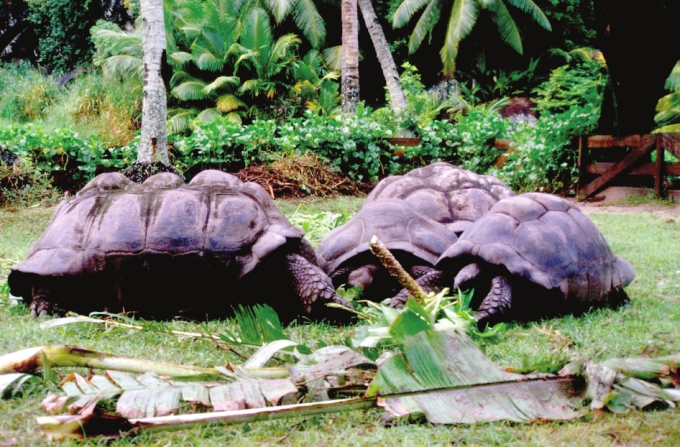
Fig. 2. Seychelles giant tortoise Dipsochelys hololissa.
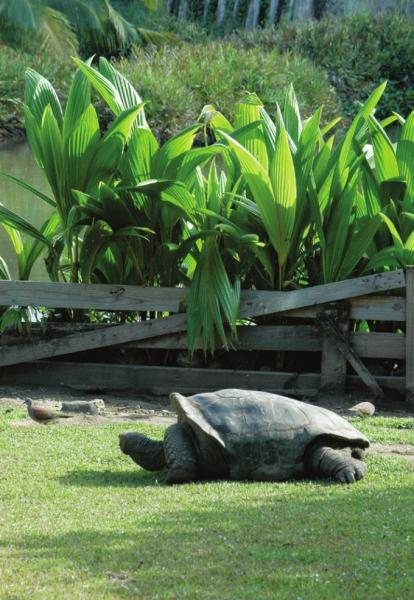
Fig. 3. Arnold’s giant tortoise Dipsochelys arnoldi.
Following the rediscovery, Nature Protection Trust of Seychelles has organised a captive-breeding programme in an effort to save these species from extinction. Most of the survivors have been brought together into breeding groups in Seychelles, comprising six D. hololissa and six D. arnoldi. The breeding programme of the Seychelles Giant Tortoise Conservation Project was established in July 1997, with eggs being laid by both species shortly afterwards. Between 1998 and 2002 all eggs (over 200) were infertile; in 2002 the two species were put in the same enclosure, creating a larger social group. This was because a group size of 12 had been suggested as a minimum for reliable breeding of the Aldabra tortoises (O. Grifiths, pers. comm.). The irst hatchlings appeared later that year; since then, over 80% of eggs have been fertile.
The captive groups have allowed studies of the ecology and behaviour of these species. Differences between them are immediately evident, with D. arnoldi being a highly distinctive ‘saddle-backed’ species. Studying the diet and feeding behaviour of this species supports suggestions that the saddle-backed shell has evolved to facilitate browsing, enabling the tortoises to reach higher than can the dome-shaped, grazing tortoises (Gerlach 1999, 2004). Both D. hololissa and the Aldabran tortoise are grazers, although even here differences in diet preference can be detected.
Since 2002, successful captive-breeding of both D. hololissa and D. arnoldi has occurred. By the end of 2006 16 juvenile D. hololissa and 138 D. arnoldi were in the Seychelles Giant Tortoise Conservation Project. In December 2006 the irst reintroduction took place with the release of the adult D. arnoldi at Grande Barbe on Silhouette island. Once the juveniles of this species are over 10kg in weight, they will also be released. Release of D. hololissa will be delayed for a few years on account of the slower reproduction in this species to date.
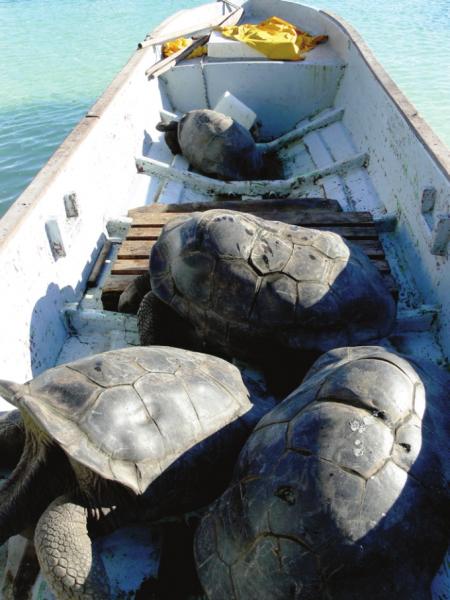
Fig. 4. Arnold’s giant tortoises being transported to Grande Barbe.
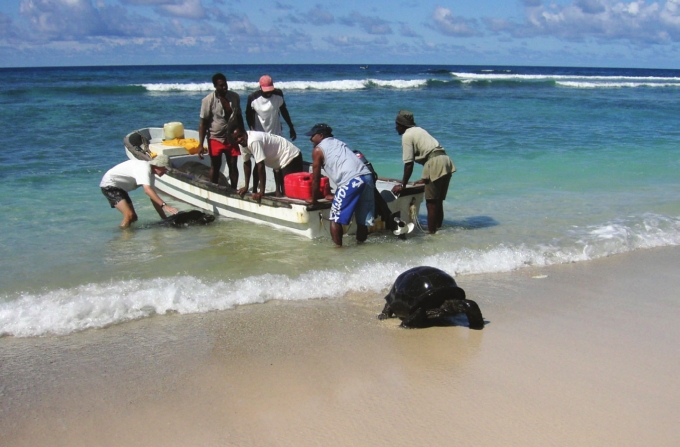
Fig. 5. Release of Arnold’s giant tortoises.
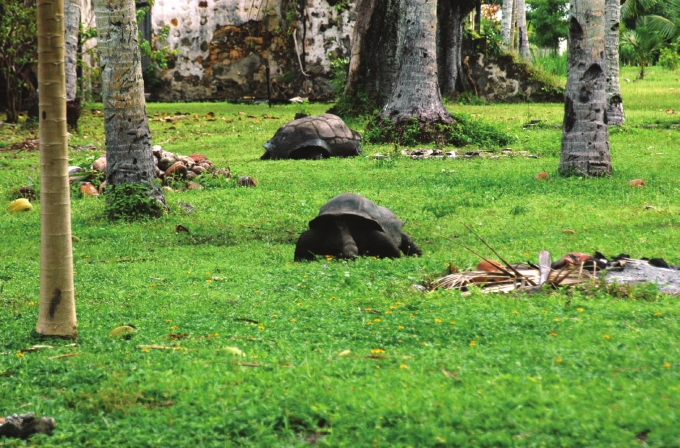
Fig. 6. Tortoises at Grande Barbe.
The D. arnoldi adults were transported from the breeding enclosures at La Passe on Silhouette island by small boat around to the opposite coast of the island (Fig. 4). This was a journey of 20 minutes, during which time the tortoises remained quiet, occasionally moving to try to avoid the sun in the uncovered boat. They were unloaded at the water’s edge, swimming the last two metres to shore (Fig. 5). On the beach they immediately headed to the vegetation of the beach crest, some of them starting to feed immediately. After being watched for a few hours they were left to settle into their new home. The following day, three of them remained in the area near the beach but two others were exploring other areas (Fig. 6).
Over the next few months regular checks have been made on the tortoises and their movements monitored. All appear to be healthy and have settled into preferred areas (Fig. 7). The two females remain near the shore while the males have moved inland, two of them into the settlement area where introduced lowers seem to be their favoured food! One male (‘Hector’) has moved into the woodland and found an old abandoned plantation of breadfruit Artocarpus altilis (Fig.8). This is the food Seychelles giant tortoises like more than anything else, so he shows every sign of staying where he is until the trees stop fruiting.
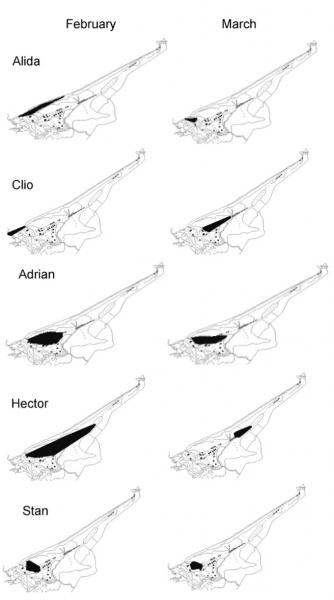
Fig. 7. Movement of tortoises at Grande Barbe in February and March 2007.
The ultimate aim of this project is to establish both species in the wild, so that they can regain their natural part in the ecology of the islands. From our experience of them in captivity their impact on their surroundings must have been very great in the past. As we release the adults and then the juveniles we will be monitoring both the tortoises and the habitat to see how they alter their environment. On the islands of Curieuse and Fregate where Aldabra tortoises have been introduced clear changes have taken place, but the release of D. arnoldi (and in the future D. hololissa) on Silhouette island is the first time that native giant tortoises have been released into their natural range anywhere in the Indian Ocean. This is the most signiicant step in the process of restoring the natural ecosystems of the richest biodiversity hotspot in the region. It will take many decades before the process is complete but already visitors to Silhouette island can see Seychelles giant tortoises where they belong; in the wild.
References
Bourn, D., Gibson, C., Augeri, D., Wilson, C.J., Church, J. & Hay, S.I. (1999). The Rise and Fall of the Aldabran Giant Tortoise Population. Proceedings of the Royal Society, London. Biological Scence 266 (1424): 1091-1100.
Gerlach, J. (1999). Feeding behaviour and the saddle-back shell of Dipsochelys arnoldi. Chelonian Conservation & Biology.3: 496-500.
Gerlach, J. (2004). Giant Tortoises of the Indian Ocean. Chimiara publishers, Frankfurt.
Gerlach, J. & Canning, K.L. (1998). Taxonomy of Indian Ocean Giant Tortoises (Dipsochelys). Chelonian Conservation & Biology 3: 3-19.
Gerlach, J., Muir, C. & Richmond, D. (2006). The first substantiated case of trans-oceanic tortoise dispersal. Journal of Natural History 40: 41-43.
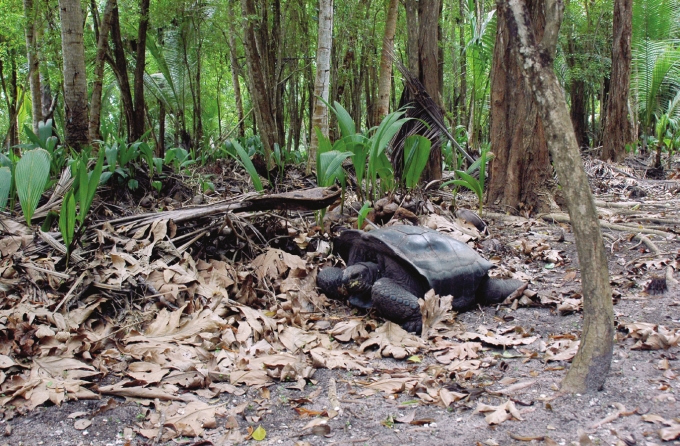
Fig. 8. ‘Hector’ in the breadfruit plantation.
Testudo Volume Six Number Four 2007
Top

